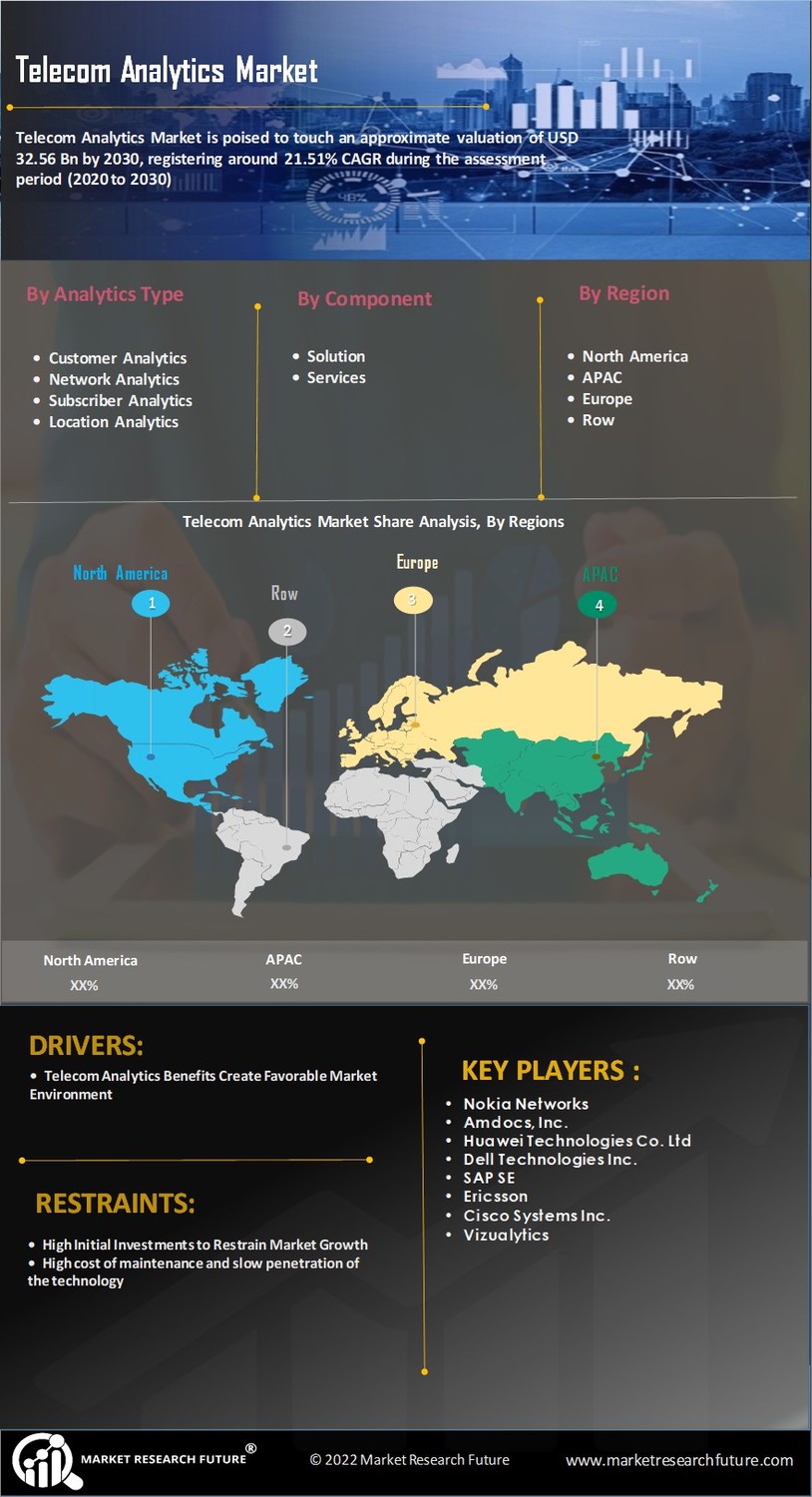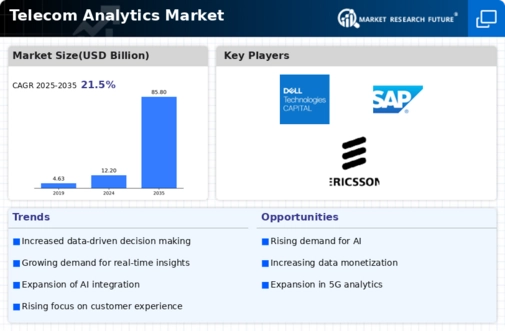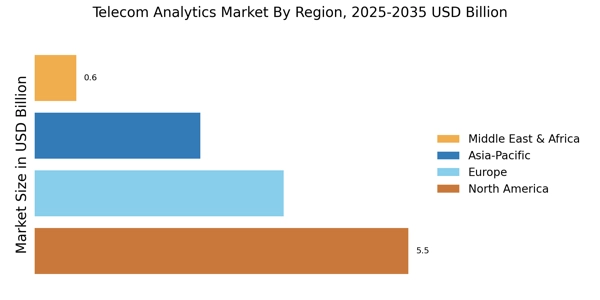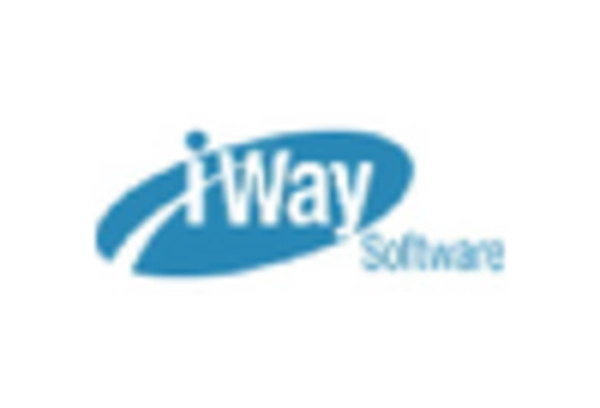Leading market players are extensively spending in R&D to extend their product lines, which would help the telecom analytics market grow even more. Important market developments include new product releases, contractual agreements, mergers and acquisitions, higher investments, and collaboration with other firms. To grow and survive in a more competitive and increasing market environment, the telecom analytics industry must provide cost-effective products.
Producing locally to reduce operational costs is one of the primary business strategies adopted by manufacturers in the global telecom analytics industry to serve clients and expand the market sector. In recent years, the telecom analytics industry has provided some of the most significant benefits to medicine. To strengthen their market positions, major players in the telecom analytics market, such as Nokia Networks Amdocs Inc. International Business Machine Corporation Huawei Technologies Co. Ltd Hewlett Packard Enterprise Development LP Dell Technologies Inc and others, are forming alliances and expanding their bases in developing regions.
Nokia Corporation (sometimes known as Nokia Oyj)[a] is a Finnish multinational telecommunications, information technology, and consumer electronics business founded in 1865. Nokia's primary offices are in Espoo, Finland, in the greater Helsinki metropolitan area,[3], but the company's beginnings are in the Pirkanmaa district of Tampere. NOKIA announced in April 2022 that it will deliver 7250 IXR chassis-based interconnect routers to serve high-density 400GE applications in Microsoft's 'tier-2' network architecture, bringing scalability, agility, and resilient networking to the data-center environment.
Such technical advancements improve organizations' capacities to analyze huge amounts of data with relative ease, enhancing customer service and chances for client retention, and so accelerating the growth of the telecom analytics market.
Oracle Corporation is a multinational computer technology company based in Austin, Texas. Oracle was the world's third-largest software firm by sales and market capitalization in 2020. Database software and technology (particularly its own brands), cloud engineered systems, and enterprise software products such as enterprise resource planning (ERP) software, human capital management (HCM) software, customer relationship management (CRM) software (also known as customer experience), enterprise performance management (EPM) software, and supply chain management (SCM) software are all sold by the company. In July 2022, Oracle Construction Intelligence Cloud Analytics was introduced.
It addressed the challenge of integrating data from diverse applications in order to accurately diagnose problems, foresee hazards, and plan future actions encountered by engineering and construction firms. Because of the new solution, which incorporates data from Oracle Smart Construction Platform applications, owners and contractors may now have a comprehensive understanding of performance across all of their operations. Businesses can use this information to quickly identify problems, solve them, and focus on ways to drive continuous improvement throughout project planning, asset construction, and asset operation.


















Leave a Comment